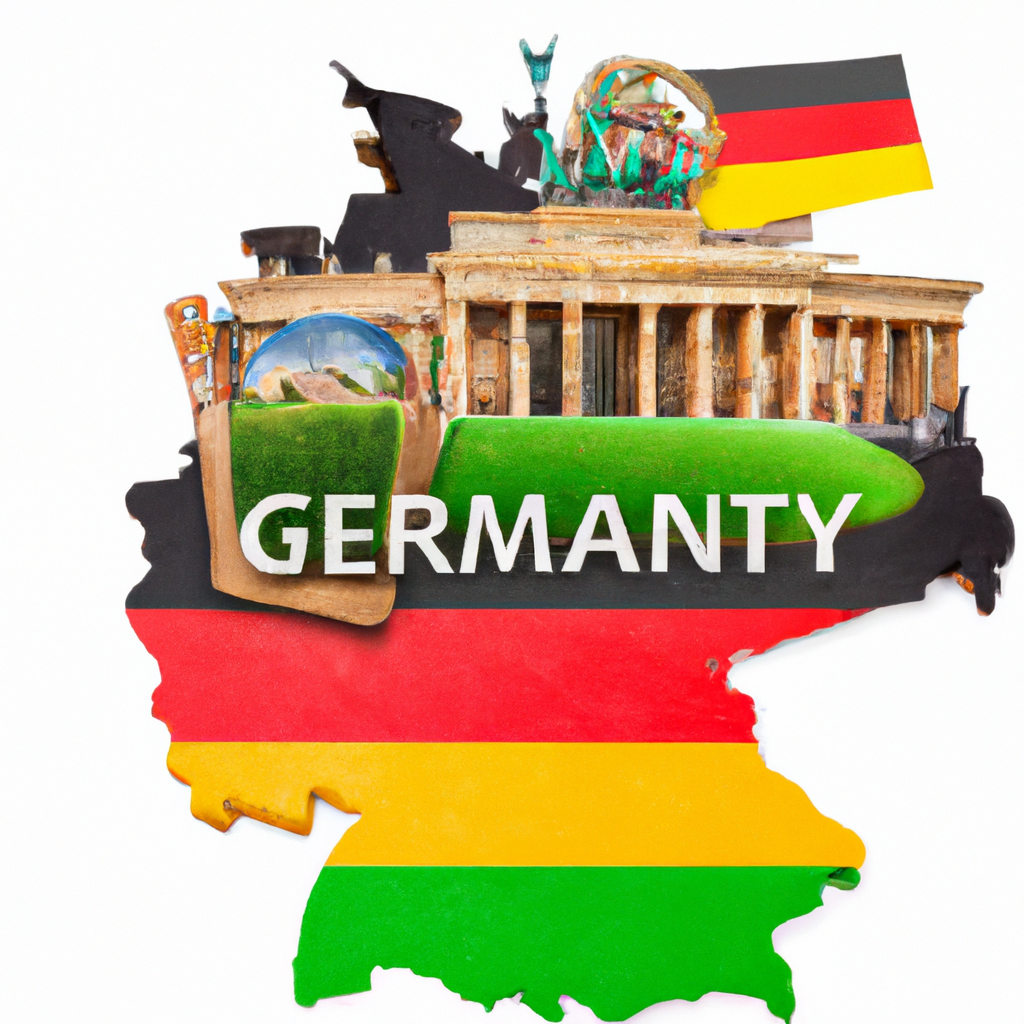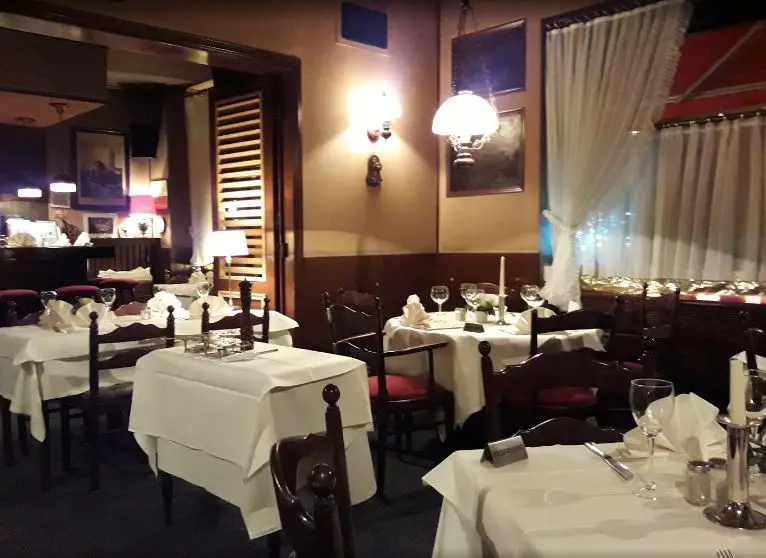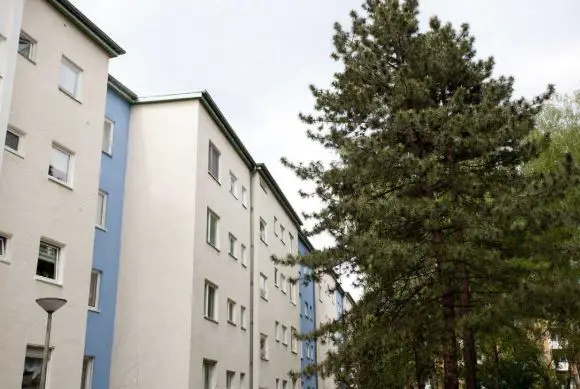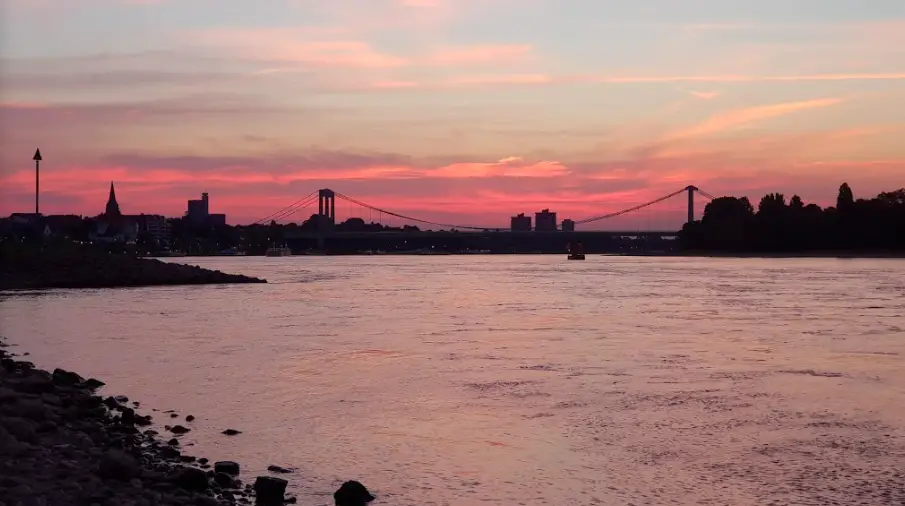What is the history behind Germany's historic palaces and estates?
Post ByAdequate Travel
Summary
Germany is home to numerous historic palaces and estates that are steeped in tradition and historic significance. From centuries-old castles to modern-day marvels, the palaces and estates in Germany have long been admired for their incredible architecture and historical stories. In this blog, we will discuss the history behind these majestic structures and how they became what they are today.History of Germany's Historic Palaces and Estates
1. Medieval Era:
During the medieval era, German nobles and rulers constructed fortified castles and palaces as symbols of their power. These structures served as residences and centers of governance. Notable examples include:
- Wartburg Castle: Built in the 12th century, Wartburg Castle in Thuringia played a significant role in German history, hosting various medieval rulers and serving as a literary inspiration.
- Hohenzollern Castle: Constructed in the 11th century, this fortress in Baden-Württemberg became the ancestral seat of the Hohenzollern family, who later became the rulers of Prussia and Germany.
2. Renaissance and Baroque Period:
During the Renaissance and Baroque periods, German nobility embraced new architectural styles and erected lavish palaces and estates. These structures reflected the art and cultural preferences of the time. Examples include:
- Schloss Heidelberg: Built in the 14th century, this castle in Heidelberg underwent extensive expansions during the Renaissance and Baroque periods, showcasing a mix of architectural styles.
- Sanssouci Palace: Constructed in the 18th century, near Potsdam, this Rococo-style palace became the favorite residence of Frederick the Great, King of Prussia.
3. Neoclassical and Romantic Period:
In the 19th century, a shift towards neoclassical and romantic architectural styles emerged. Palaces and estates during this period became grander and focused on romanticizing the past. Examples include:
- Neuschwanstein Castle: This iconic fairytale castle, located in Bavaria, was commissioned by King Ludwig II and built in the 19th century, blending medieval elements with romanticized architecture.
- Linderhof Palace: Another creation of King Ludwig II, this palace in Bavaria reflects a fusion of neoclassical and rococo styles.
4. Reconstruction and Restoration:
Following the destruction caused by World War II, Germany undertook extensive efforts to restore and reconstruct its historic palaces and estates. Many were rebuilt using original plans or historical records. Examples include:
- City Palace Berlin: Originally built in the 15th century, it was heavily damaged during the war and later demolished by the German Democratic Republic (GDR). It was reconstructed in the 2010s
- Dresden Castle: Severely damaged during the war, this historic castle in Dresden underwent meticulous reconstruction, bringing it back to its former glory.
Throughout German history, the palaces and estates have served as symbols of power, artistry, and cultural heritage. They offer insights into the country's rich architectural traditions, political history, and artistic achievements.
Suggested Questions
- Königssee, Berchtesgaden: Horror Story, History & Paranomial Activities
- Festung Rosenberg, Kronach: Horror Story, History & Paranomial Activities
- Festung Marienberg, Würzburg: Horror Story, History & Paranomial Activities
- Schloss Favorite, Rastatt: Horror Story, History & Paranomial Activities
- Altenstein Palace, Bad Liebenstein: Horror Story, History & Paranomial Activities
- Bückeburg Castle, Bückeburg: Horror Story, History & Paranomial Activities











